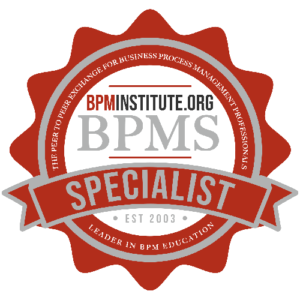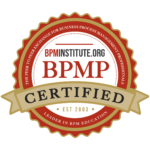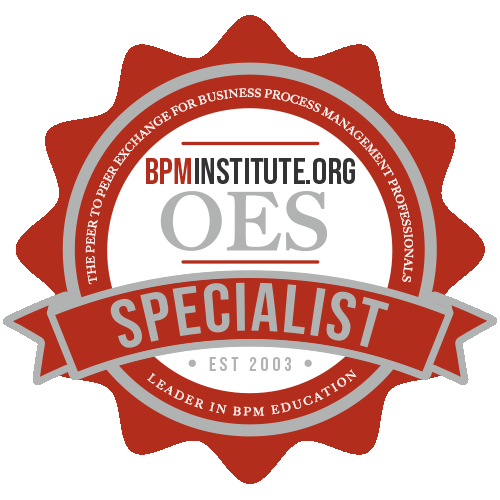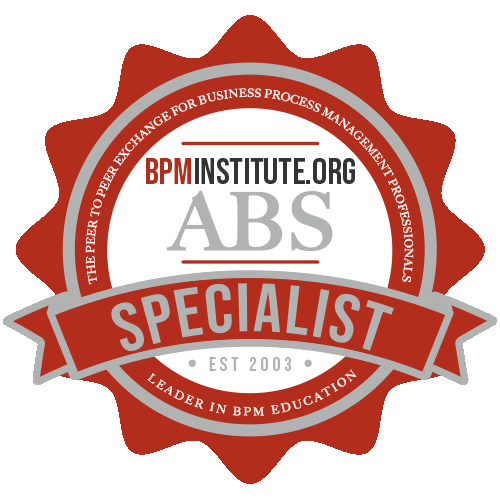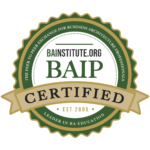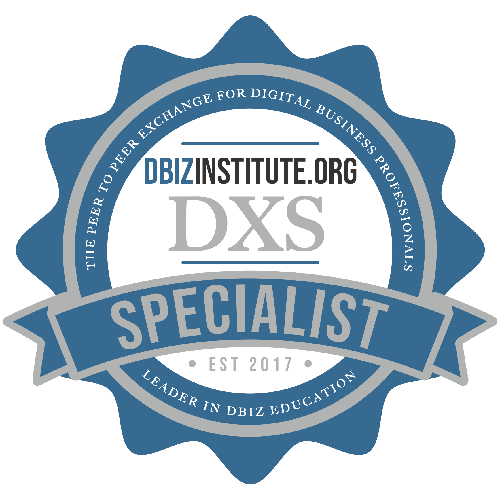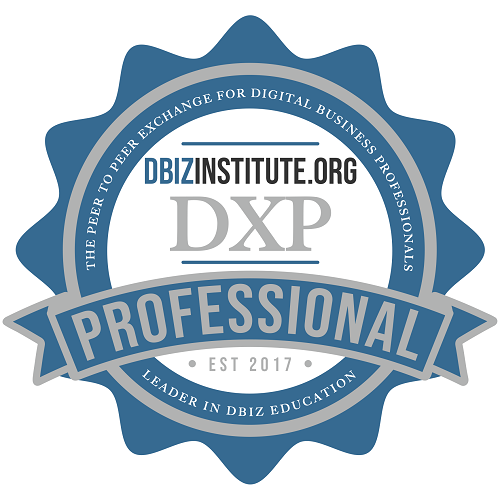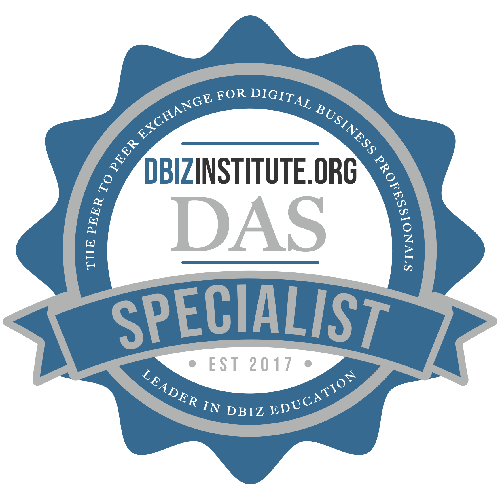Home / Resources
Resources
Discover a Wealth of BPM Knowledge and Expertise at BPMInstitute.org!
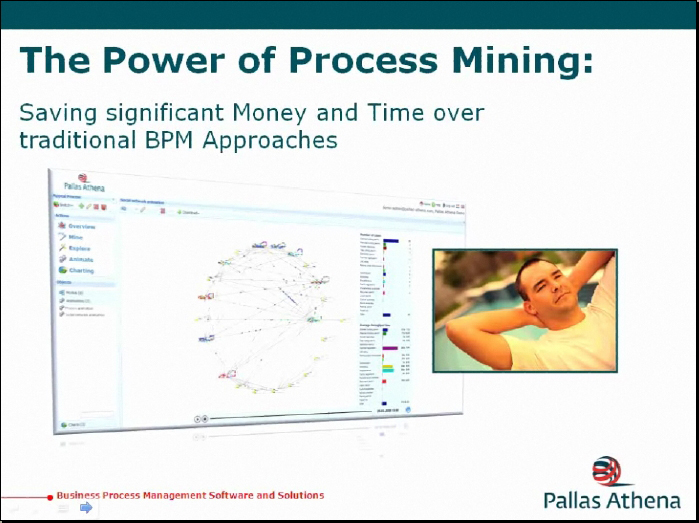
The Power of Process Mining: Saving Significant Money and Time Over Traditional BPM Approaches
In this dynamic session, Pallas Athena will present new BPM Process Mining technologies that have been proven to save Tens to Hundreds of Thousands of Dollars and shave months of effort over traditional BPM approaches. Process Mining can have an immediate positive impact on your company, your employees and your financial bottom-line.

Closing the IT and Business Divide
Millions of dollars spent, countless hours wasted, and frustrated business users seem to be fairly standard outcomes when IT and business try to work together. While this problem seems apparent, little progress has been made. What is happening?I believe two key factors are in play. First both the IT and business folks are operating under a number of faulty assumptions. Here are some flawed assumptions from the IT perspective.

Research Brief: BPM and Banking
Bankers exist in one of the most competitive environments in all of business. Keeping customers, attracting new customers, rapidly delivering new products, providing consistent service through multiple channels (branch office, internet, ATM, telephone) and meeting regulatory requirements is a daunting pursuit. Read this BPMInstitute.org Research Brief to find out how BPM allows banks to remain flexible and move quickly to respond to the conditions in their industry.
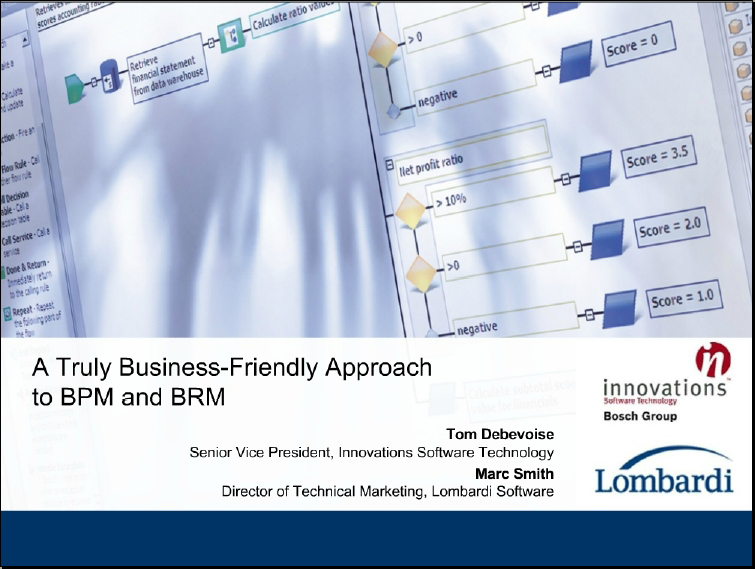
A Truly Business-Friendly Approach to BPM and BRM
For several years, industry leaders have touted the benefits of Business Rules in Business Process Management (BPM). Complex business applications are improved in BPM Suites with Business Rules Management Systems (BRMS). Yet, significant differences exist in available Business Process Management Systems (BPMS) and BRMS products.

The Systems Viewpoint
Systems thinking has been around for quite a while; in the 1960’s it was the subject du jour. Very good articles and books were written then bringing cogent ideas from academic study to the rest of the world – two of my favorite books were C. West Churchman’s The System’s Approach and The Design of Inquiring Systems. But times change, and there is good reason to look again at the systems approach.

Why you Need BPM and SOA
A few years ago there was fairly clear blue water between BPM and SOA in the minds of both users and vendors. Each camp promoted significant benefits from their offerings and, although there was a recognised touch point between the two, each was happy to exist with or without the other.

From BPM to Management By Process
In one of my first courses about Business Process Management, the chairman, an expert in Total Quality Management, was making a major difference between Process Management and Management by Process.
For me it was just a question words. Some years after, making a return on experience from my first BPM initiative, I really understood this difference when I discovered the remedy had been worst than the disease.

Relating Enterprise Strategy to Business Outcomes
I was both privileged and pleased to have the opportunity to present a keynote address at the BrainStorm DC Conference in Washington DC last summer, where my presentation focused on the subject of relating enterprise strategy to business outcomes. By way of reintroducing the topic, I prepared a brief summary of that presentation for publication in the January 2009 edition of the Government Bulletin.

Surviving and Growing During an Economic Downturn
Introduction
We are barraged by the images of our sliding economy on a daily basis. The news media is spreading fear, agony, and despair. Many companies are reacting by deeply cutting staff, reducing services, decreasing quality and squelching morale. Everyone is told that they are simply going to have to do more with less (work harder or lose your job).
Then there are companies that see this downturn as an opportunity to strengthen their company and emerge from the other side stronger than their competition.

Four Pillars for Business Process Automation
“If we want to enter in an automated processes schema, the principle problem that we must resolve is the modeling of the current and proposed context. Based on my experience in process automation I can say that there exists a high-priority necessity for the correct evaluation of the current activites of the process one wishes to automate in order to assure the successful future implementation of the automation of the said process, based on four fundamental factors: maturity, process definition, organizational culture, and managerial drive.”

How Do You Address Really Big Challenges?
Big Challenges
Suppose you were in charge of distributing $700 billion to financial institutions that have failed, how would you do it? Suppose you were put in charge of fixing the world economy, how would you do that? Suppose you were in charge of eradicating cancer, how would you do that? I submit that the foundational principles of Business Architecture can be used to address such challenges.

The Process Practitioner: An Independent Evaluation of Lombardi’s Blueprint
Companies are right to be cautious about employing software to solve process problems. Automating a broken process simply serves to make it more efficiently broken. However, documenting processes is the first – and in my opinion, the most important – step in the improvement cycle. When Lombardi recently offered to demonstrate Blueprint, their web-based documentation and collaboration product, I approached the demonstration as a business professional with processes that need improvement, rather than an IT analyst or industry expert. Criteria for evaluation were ease of us

How to Select the Right Tools for your BPM Initiative
So you finally sold the value of your BPM initiative to your company’s executives. Now it is time to deliver. Selecting the right tools is a critical step to help you succeed. This may not sound that difficult but if the proper amount of effort is not directed toward this decision point, you could find yourself spending more time with your vendor than with your business partners.

BPM Implementation – An Application Reduction Strategy
Many companies today are looking to reduce the number of installed/supported applications as a way to save money and reduce complexity. Money is saved via reduced licensing, support and integration costs. However, many do not have a clear execution strategy, even while investing in application portfolio management solutions to get a better understanding of the application portfolio and tracking existing applications.
One obvious route to application reduction is standardizing on a single application globally if possible and if not, to a single application in a given region.

SOA Readiness – A Perspective
What is SOA?
To be ready for something you first need to understand what it is. SOA is often defined in technical terms about the composition of services. Whist technically correct this encourages people to become caught up in technologies and constraints very early on.
I prefer to think of SOA as a solution approach that helps IT solve business problems by sharing and re-using:
- Information and data e.g. user directories
- Functionality e.g. quote generation
- Know how e.g.

The Conscious Corporation: Using Organization Surveys Differently
There is a new approach to surveying employees that can create the constant and comprehensive feedback an organization needs. Traditionally employee surveys have been large enough that they were done infrequently. They were often part of a major assessment that was comprehensive and cumbersome. No wonder that employees traditionally complain that nothing ever comes of their inputs. In contrast, imagine a survey that is (a) 1-2 minutes long (perhaps 5-12 questions) (b) sent out to targeted samples within the organization (c) once a month or more.

Business Decision Management in 2009
Happy New Year. I think.
2009 opens with the most ominous, and the most hopeful of portents. With the global economy in its deepest dive since the great depression we are holding our collective breath in the hope that the government can steer us away from a calamity such as was experienced in that terrible era. At the same time we welcome an historic new U.S. President, and wish him (and us) success, whatever our political stripe.

SOA Governance Part I – Getting Started
One of the key selling points of adopting an SOA approach to system design is flexibility and adaptability; i.e., reduced future cost and faster time to market. The biggest flaw in this argument is that it is not SOA as a design approach that returns these benefits but rather a properly designed and effectively managed SOA Governance process that makes these benefits a reality.
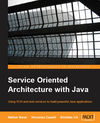
Service Oriented Architecture with Java
Using SOA and web services to build powerful Java applications.
- Build effective SOA applications with Java Web Services
- Quick reference guide with best-practice design examples
- Understand SOA concepts from core with examples
- Design scalable inter-enterprise communication
Download Chapter 4 complimentary below (PDF) from “Service Oriented Architecture with Java”.
Purchase this book at Packt Publishing.

The Business Architect Must See the Forest for the Trees
Participants in business architecture discussion groups and training seminars often ask about the profile of the business architect. This is an important question because enterprises establishing and expanding business architecture efforts are seeking individuals to staff centers of excellence and project teams. What skills should such a person have? What attributes describe the business architect? In my experience, the most important attribute that I look for in a business architect is the ability to see the “forest for the trees”.
